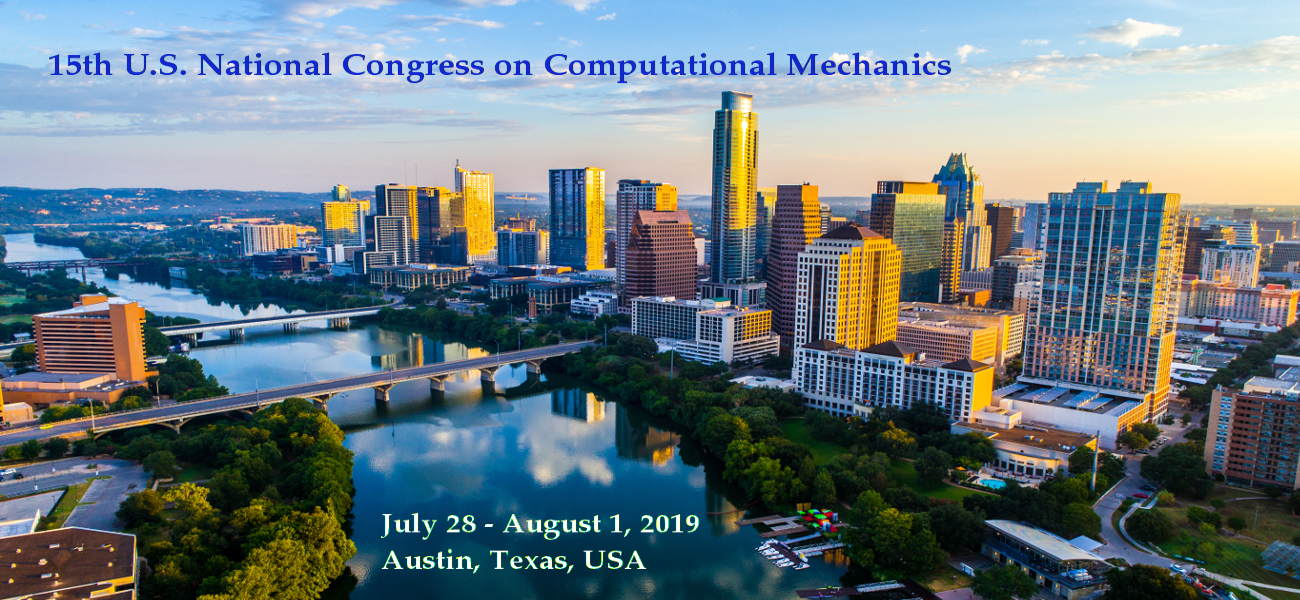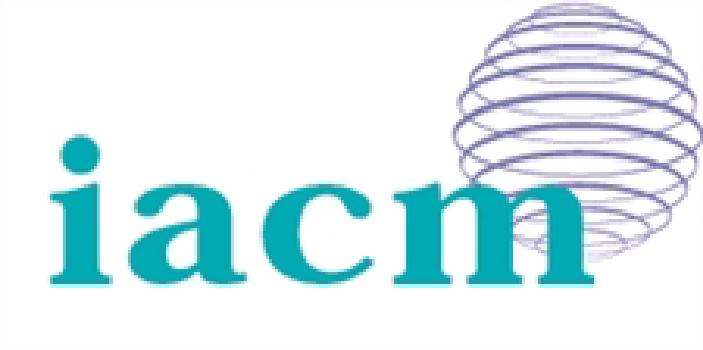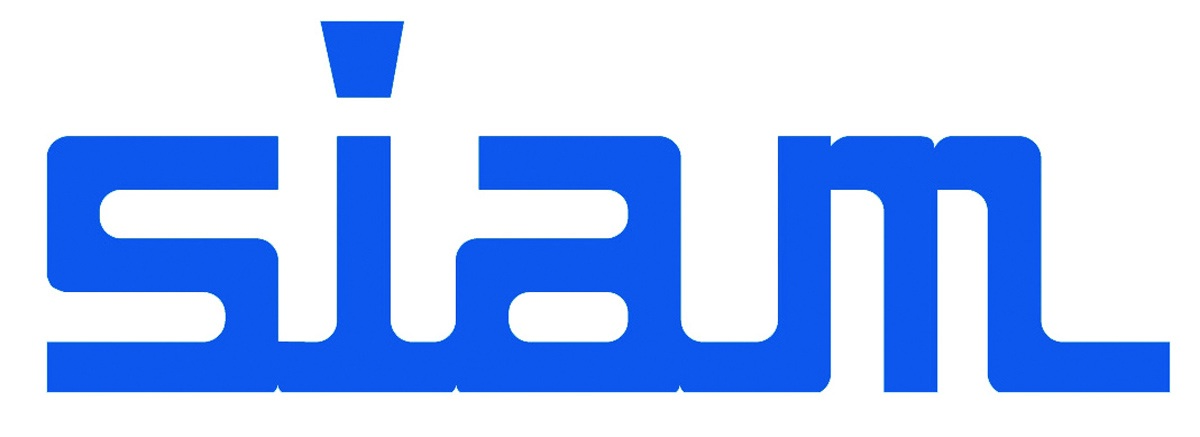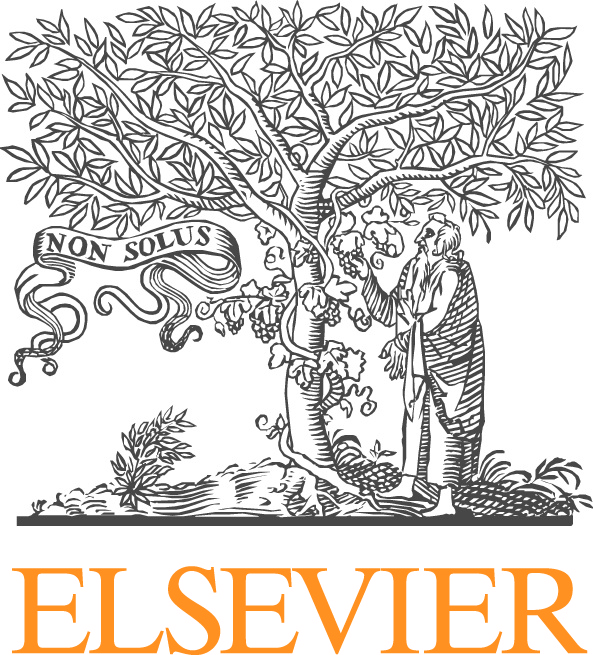Michael Stender, Sandia National Laboratories
Kyle Johnson, Sandia National Laboratories
This minisymposium focuses on recent work that uses computational solid mechanics to elucidate the process parameter-based performance of additively manufactured components both during, and after manufacturing. There will be an emphasis on modeling-based methods developed to predict quantities of interest relevant to the structural performance of additively manufactured components.
Additive manufacturing (AM) uses thermally-induced selective heating to precisely melt base material leading to point-by-point and layer-by-layer additions of material that form a final part. AM also introduces a wide array of inherently process-dependent artifacts based on the history and parameters of a specific build. Such artifacts include high residual stresses, lack of fusion defects, porosity, spatially varying material properties, and distortions. These heterogeneities play critical roles in post manufacturing structural performance for additively manufactured components. Computational mechanics presents a technology capable of predicting these quantities of interest and integrating such features into structural performance predictions.
The broad challenge to the computational mechanics community in the simulation of AM processes lies in developing simulations that span the wide range of spatial and temporal scales present. Novel means of simulating and understanding AM processes are required to improve outcomes and increase confidence in additively manufactured components. The resulting predictions have significance in a wide variety of industries across a range of applications.
The topics covered in this minisymposium include, but are not limited to:
-Computational models of AM processes
-Validation of modeling results with experimental data
-Numerical methods for more efficient additive manufacturing simulation
-Structural performance models incorporating AM-induced residual stresses, defect structures, material property distributions, etc.
-Computationally demonstrated techniques to improve AM outcomes







